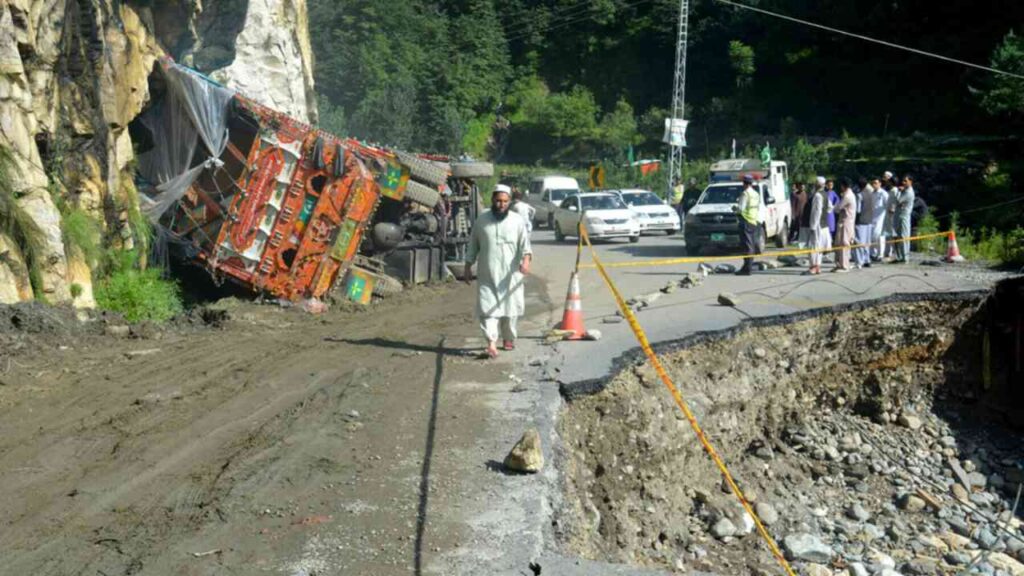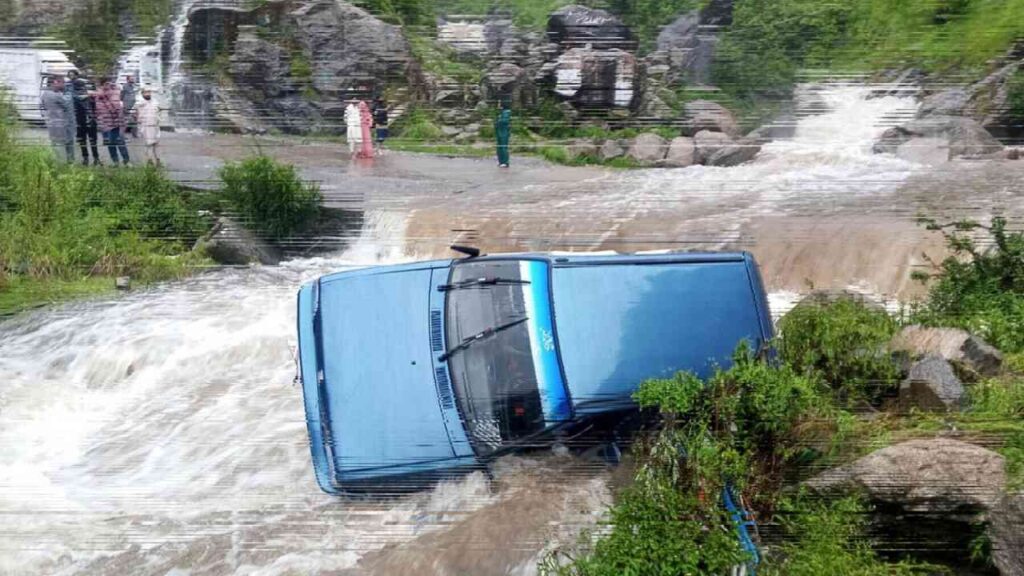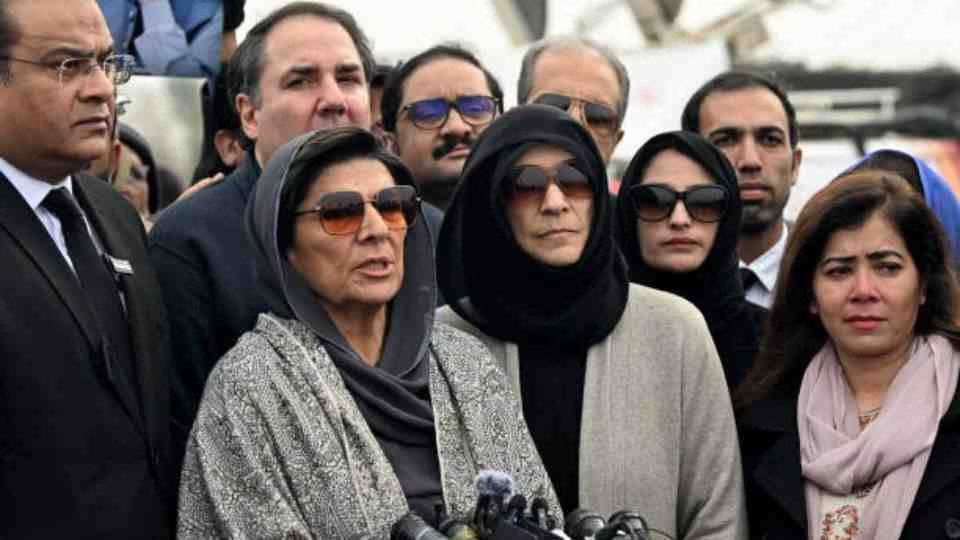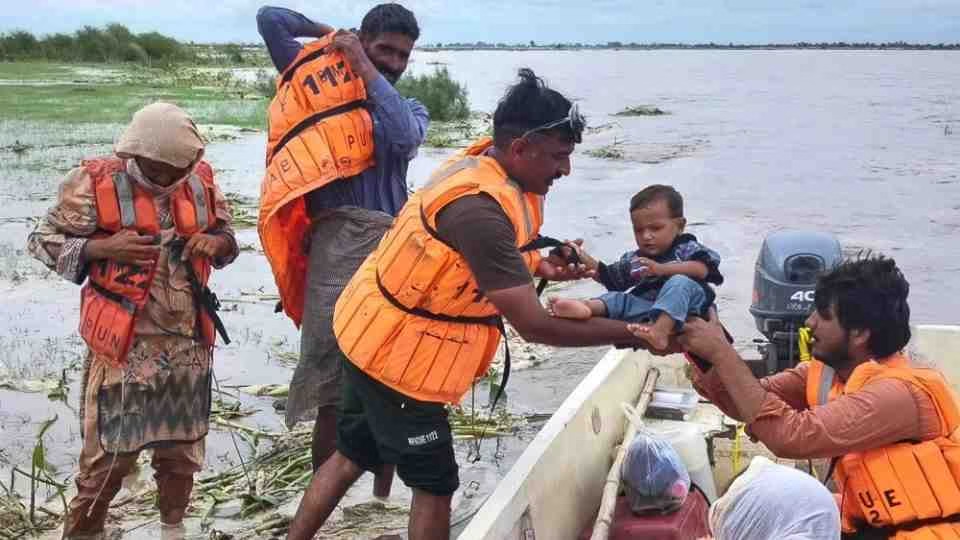Recent flash floods in Khyber Pakhtunkhwa have led to a tragic death toll of 332 as of Saturday, with the district of Buner being the hardest hit, according to the Provincial Disaster Management Authority (PDMA). The floods have also claimed lives in Gilgit-Baltistan and Azad Jammu and Kashmir, adding at least 12 and nine fatalities, respectively.
The situation escalated dramatically as heavy rainfall and cloudbursts caused widespread devastation, resulting in over 200 deaths in a single day. This included five crew members from a provincial government helicopter that tragically crashed in Mohmand during rescue operations.

Buner has been particularly impacted, with 208 lives lost in just the past 48 hours. The PDMA reported 120 injuries and noted that 50 individuals remain missing. Other affected areas include Shangla with 37 deaths, Mansehra with 23, and Swat with 22.
The floods have also wreaked havoc on infrastructure, destroying 11 houses and partially damaging 63 others. Additionally, schools in Swat and Shangla were affected.
In response, the KP government declared a state of emergency in the most affected districts, authorizing local administrations to mobilize all necessary resources for relief efforts. A notification indicated that the emergency would remain in effect until August 31. The government has allocated Rs1 billion to the PDMA for immediate relief and a further Rs1.55 billion for the restoration of highways and bridges.
The Pakistan Telecommunication Authority (PTA) is actively monitoring the situation as flood damage has disrupted communication services. PTA teams are collaborating with local authorities and telecom operators to restore services. Mobile operator Jazz announced free calls for subscribers in KP to aid communication during the crisis.
State broadcaster PTV News issued a warning about potential flooding and landslides in several areas, advising against unnecessary travel. The government has also launched a nationwide emergency helpline for citizens.

Prime Minister Shehbaz Sharif expressed his deep sorrow over the devastation, confirming that the government is mobilizing all resources for rescue and relief operations. He emphasized the urgency of aid for stranded residents and medical assistance for the injured.
In Buner, officials are working to expedite relief efforts, and the provincial government has dispatched additional resources for recovery operations. However, challenges persist due to damaged infrastructure and ongoing rainfall.
Rescue operations are ongoing, with around 2,000 workers involved in recovery efforts across nine affected districts. Rescue teams are facing difficulties due to destroyed roads and damaged communication networks.
As the nation mourns the loss of the helicopter crew, the provincial government continues to push forward with relief measures, including deploying medical teams and distributing essential supplies.
In Beshonai village, the aftermath of the flooding is evident, with many houses washed away and residents recounting harrowing tales of survival. Local officials report that accessibility remains a significant challenge, complicating rescue and recovery efforts.
The situation in northern Pakistan remains critical as authorities work tirelessly to address the needs of affected communities and restore normalcy in the wake of this natural disaster.






